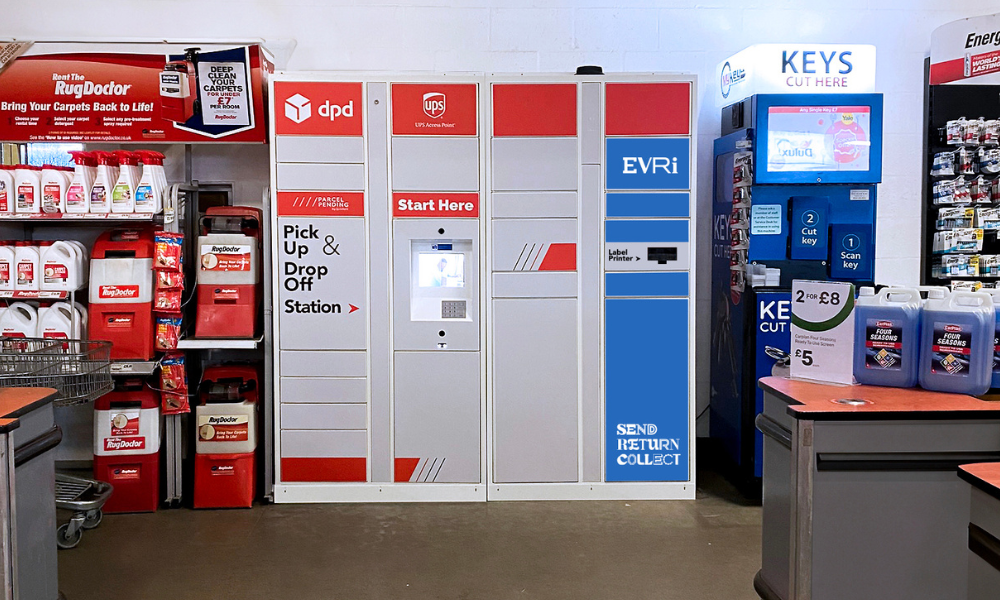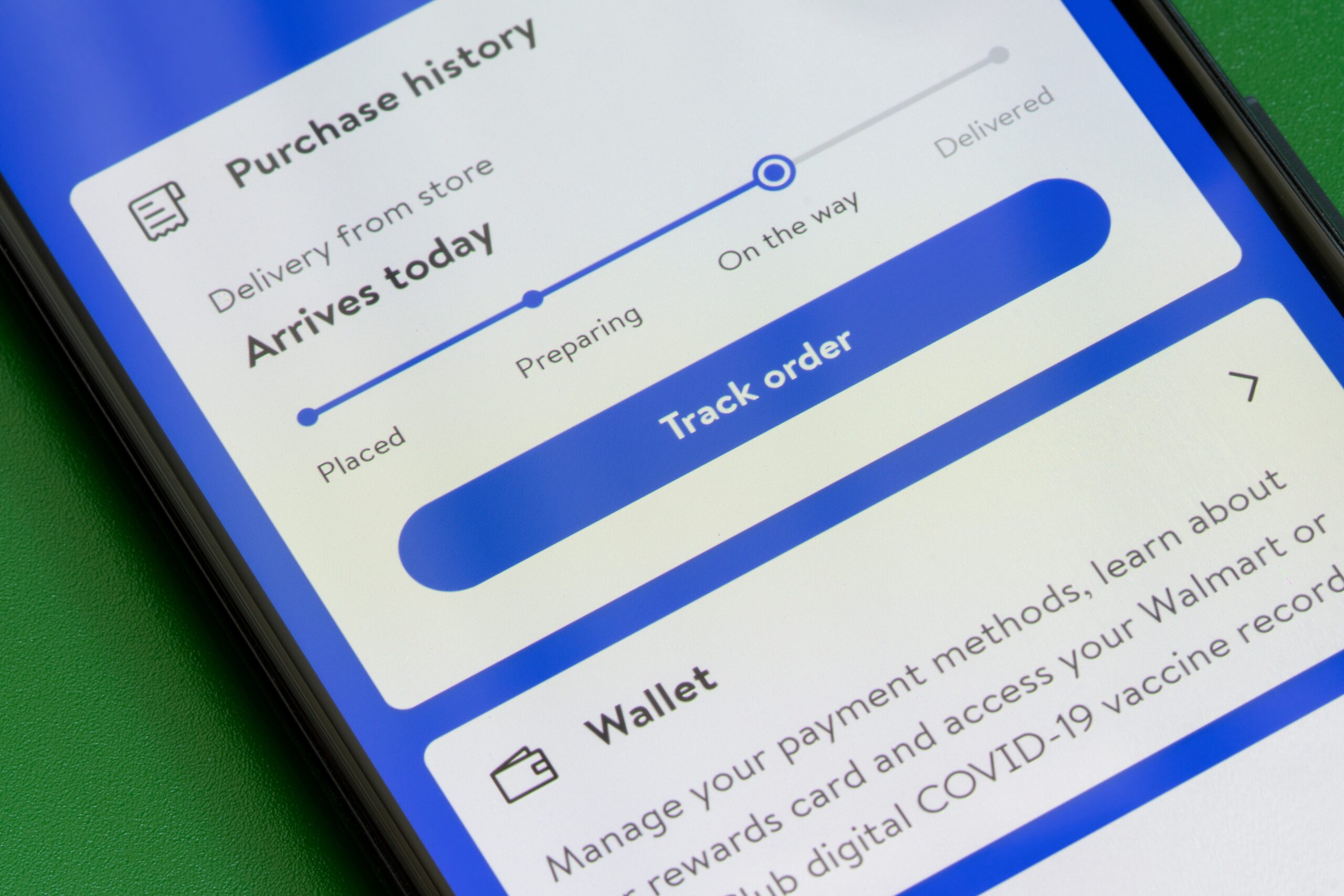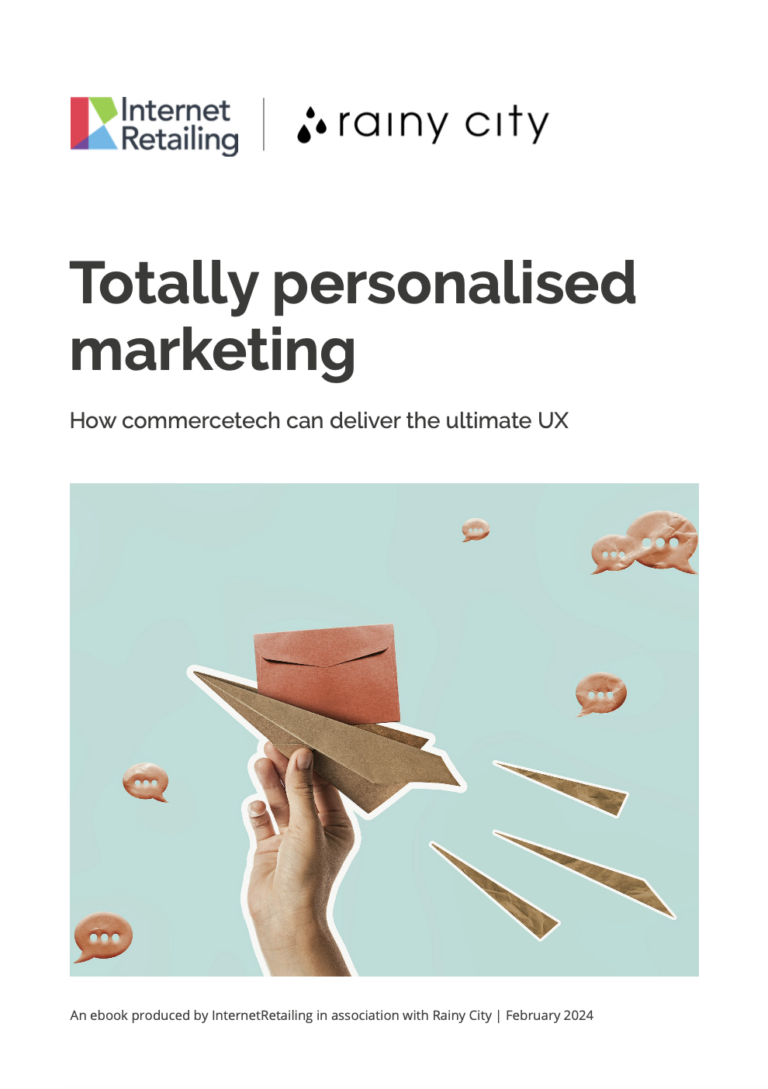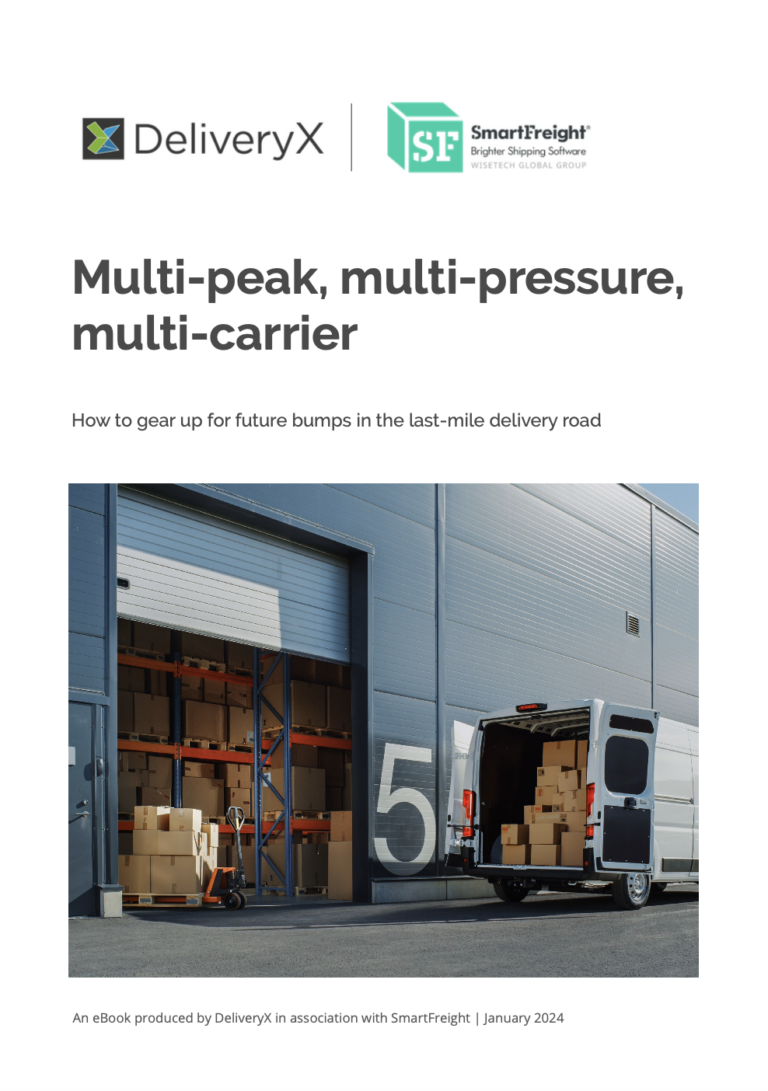Changes in customer behaviour and expectation have wrong-footed the capital’s food and drink supply chain, according to a report commissioned by the UK Warehouse Association (UKWA).
The report – Feeding London 2030 – looks at the key challenges facing food logistics across London and what steps need to be taken to keep the sector operating effectively.

Andrew Morgan, Global 78 (left) and Peter Ward, UKWA (right)
Andrew Morgan, director of Global 78, a think tank which produced the report for UKWA, said: “New trends in the way food and drink are bought and consumed added to the capital’s changing population profile and a transport infrastructure that is already creaking, will bring significant challenges to food and drink manufacturers, retailers and the logistics companies tasked with supplying food and drink that is both safe and delivered on time to London’s retail and food service sectors. And their ability to do so at an appropriate cost.”
Peter Ward, CEO of the UKWA, added: “Everyone in the business of moving food and beverages into and around London is aware of the increasing difficulties. This study brings together all the facts in a single report, offering remarkable insights along the supply chain and an informed, cogent response to the challenges ahead. It’s important, as the Association for the logistics industry that we support members and the wider community in providing valuable intelligence for successful forward planning.”
Earlier this year, London’s mayor – Boris Johnson MP – drew attention to the problem of congestion around London, calling for a network of click-and-collect points to be established, and added to, across the city.
Speaking in February, he said: “I was coming out of City Hall yesterday on my bike and I was in the loading bay and I looked at this mound of stuff that was being delivered to everybody. I thought what an incredible change there has been in habits. That is what is happening, people are getting stuff online, they’re getting it delivered to the office and they’re taking it home in the evening.
“It is unquestionably causing congestion because you’ve got so many deliveries now on the streets of London. “We need to work with the operators to build up a more sensible system whereby click and collect stores and hubs are in people’s neighbourhoods.”
While the MP’s attention is on the challenge of deliveries being made to offices specifically, there is a link between the city’s transport infrastructure and retail fulfillment. Part of this problem is the relationship between planning regulations and delivery-to-store. Existing planning laws, and the manner in which they are interpreted, tend to leave little room in new developments for non-retail commercial premises. This leaves the burden of responsibility for stock replenishment on delivery networks built on larger, more remotely located warehouses and DCS, which are – in turn – serviced by larger vehicles.
For several reasons, whether cost or the physical constraints caused by unsuitable roads, using large HGVs to make deliveries into a busy, congested city such as London is far from ideal; there are even calls to ban HGVs from London due to safety concerns.
The alternative approach – replenishment via smaller vehicles based at more locally-based DCs – will require an adjustment in planning preferences to ensure newly built developments contain room for the infrastructure facilities needed to support the residents who will live there.









